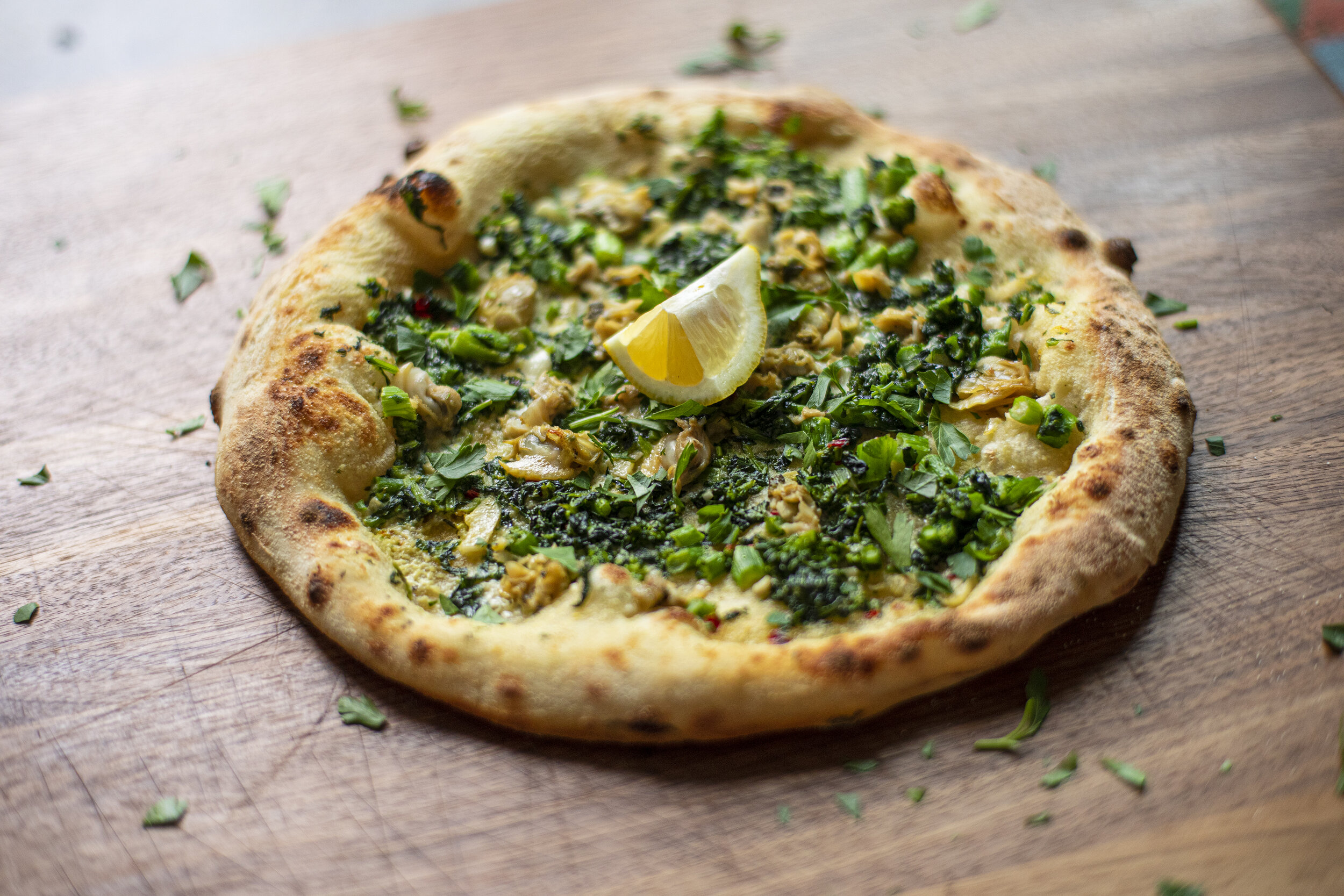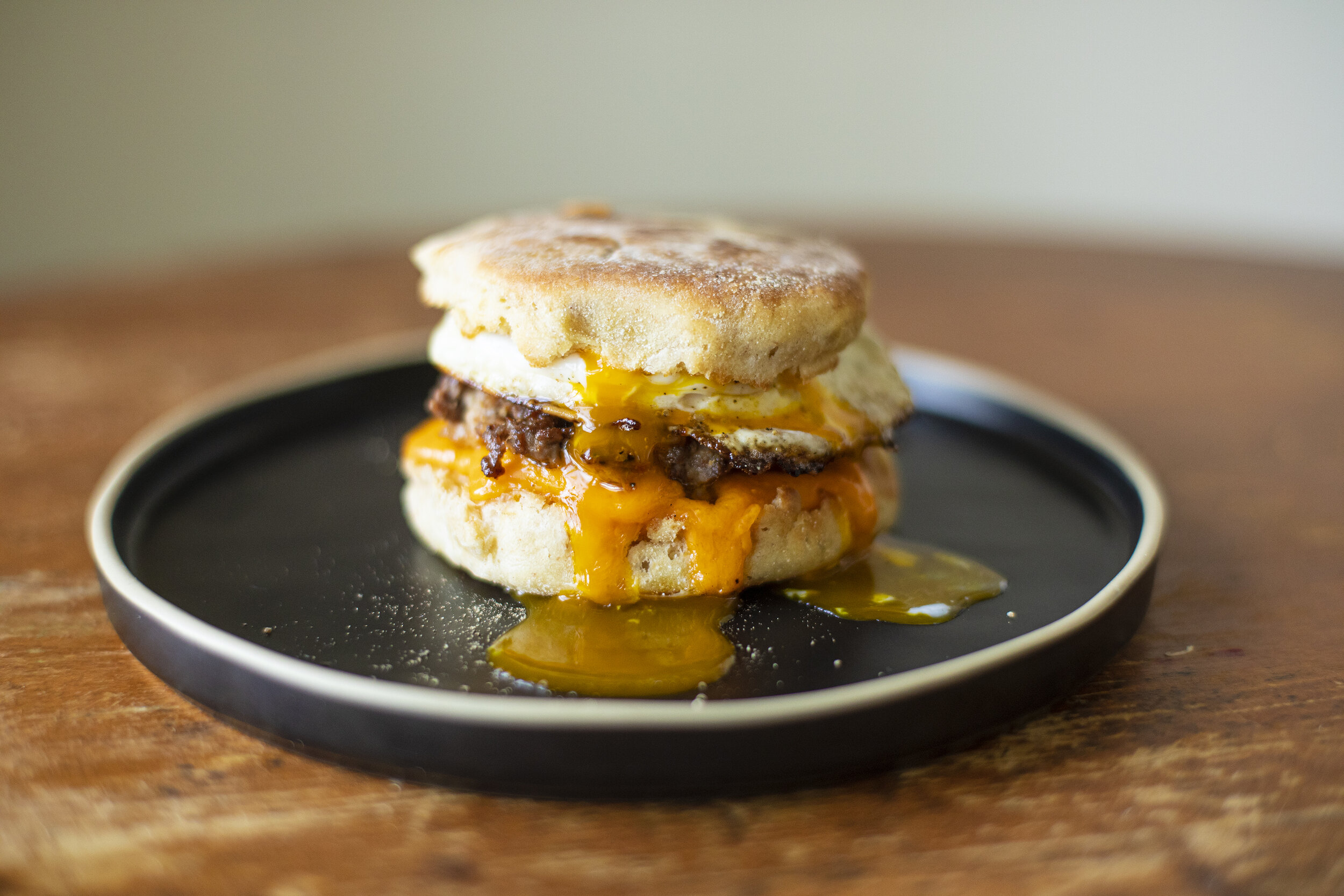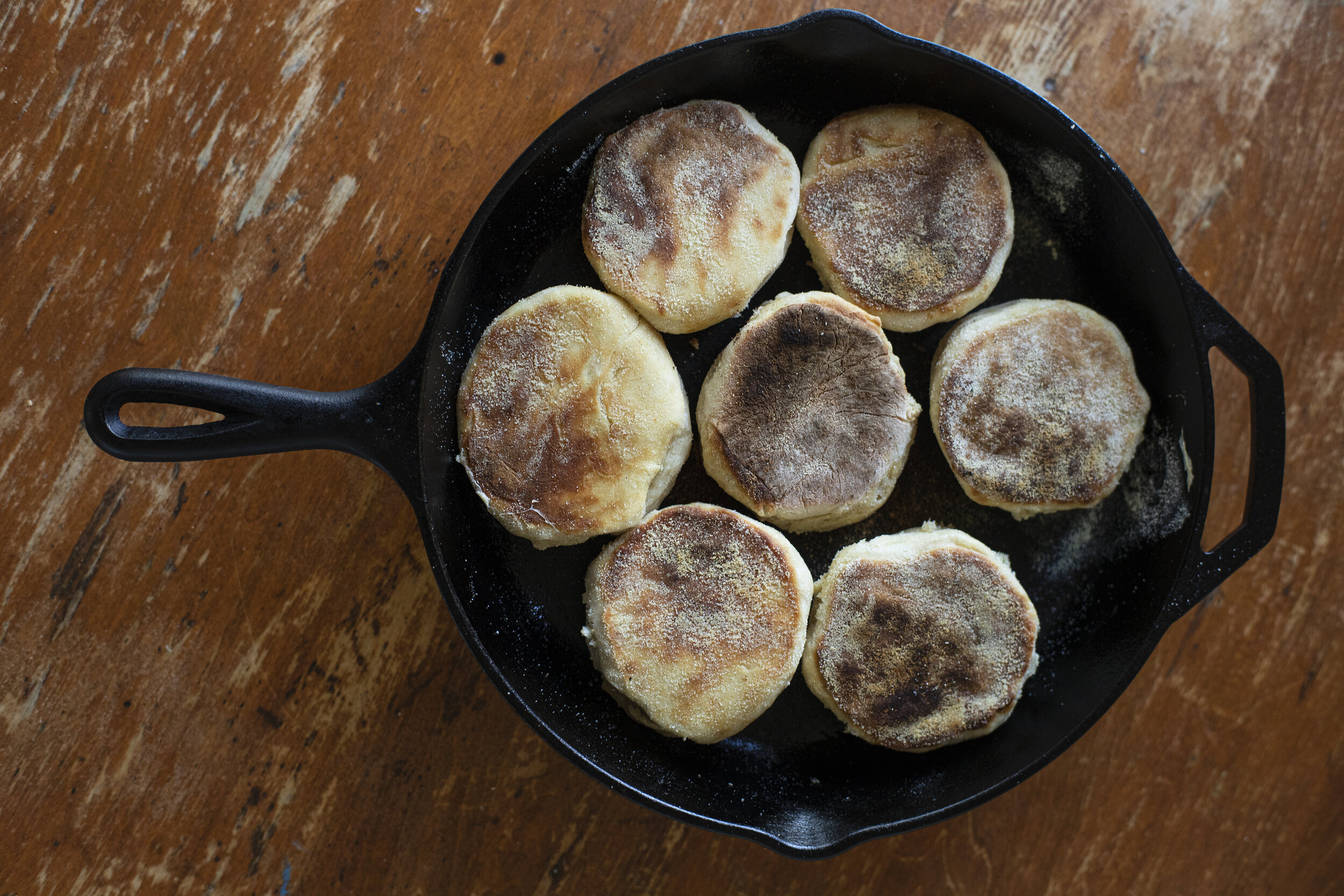Candy Cap Caramel Donuts
An experiment. When I first started reading about candy caps I was immediately intrigued. People always describe them in such vivid detail, emitting a perfume that smells overwhelmingly like maple syrup. A smell that saturates the room for hours. It’s one of the few mushrooms that lends itself to sweets and non-savory applications. While they don’t grow on the East Coast I was fortunate to get my hands on some from @theforagedfeast . I cycled through various ideas about what to make, read through all of @foragerchef ‘s lovely candy cap recipes and eventually circled back to something closer to home - donuts. The initial reaction might be WTF, or mushrooms don’t belong in donuts, but I assure you that these are not your average mushrooms. There might be some mental threshold that needs to be crossed for the mushroom skeptics out there, but on taste alone these are pretty special. I used a small percentage of dried candy cap powder for the dough which was naturally leavened over two days, deep fried, glazed and drizzled with a decadent salted candy cap caramel sauce. They might not end up on the menu of my hypothetical donut shop that I've been dreaming up, but they were a worthy experiment to work with some unexpected wild ingredients and produce something sweet and delicious with an incredible texture. Video of the whole process below.
Ingredients:
230 g Manitoba 0 Flour (or similar)
25 g Whole Wheat Tumminia Flour
12 g dried candy cap powder
50 g water
40 g sugar
50 g butter (cubed)
90 g eggs (approx 2 medium sized)
5 g salt
110 g active sourdough starter
1 tsp vanilla
1 gallon neutral oil
*makes approximately 6 - 8 donuts depending on size
The recipe is spread out over three days and in my opinion is well worth the wait. The natural leavening always yields a tastier end result. I normally start my process around 12pm on day 1 which results in fresh donuts for breakfast two days later.
The Dough
Directions:
12 pm Day 1 - In a stand mixer, combine all your ingredients and mix for about 10 minutes.
This is very similar to a brioche dough, so at first it will feel quite sticky to the touch, even after ten minutes of mixing.
Transfer the dough to a bowl and cover.
Over the next 5-6 hours you’ll want to fold the dough with your hands 4 times. Let the dough relax for at least 30 minutes in between each fold. By the fourth fold the dough will feel a lot less sticky and will be smoother to the touch. Avoid the urge to add flour if you find it is too sticky.
6pm Day 1 - Transfer the covered bowl to the refrigerator and forget about it for 24 hrs.
6pm Day 2 - Remove dough from the refrigerator and allow to relax for about 30 minutes. Do one more round of folding and set out at room temperature overnight.
7am Day 3 - Gently flour your work surface and dump out the dough.
Bring your neutral oil up to 350F.
Use your hands to spread it out evenly. Use a rolling pin to gently roll out the dough to approximately 3/4 inch thickness. Do not press down too hard as you want to keep some rise to the dough.
Using a circular cookie cutter approx 4” in diameter, punch out as many donuts as possible. Save the scraps for maltagliate - ugly leftover shapes of dough that shouldn’t go to waste!
Use another circular punch about 1/2” in diameter to punch out the holes in the center of each donut. Gently use your fingers to stretch it out ever so slightly.
Drop each circular dough into the oil and fry for about 3 minutes each side until golden brown.
Remove from the oil and set onto a rack or paper towels to dry off and cool slightly.
The Candy Cap Caramel
This recipe is based on a recipe from Sally McKenney.
Ingredients:
1 cup (200g) granulated sugar
6 Tablespoons (90g) unsalted, room temperature cut up into 6 pieces
1/2 cup (120ml) heavy cream, at room temperature
2 teaspoons big chunky flake salt
20g dried candy cap powder
Directions:
Bring a medium sized saucepan to medium heat and add the granulated sugar. Using a rubber spatula or whisk, stir constantly for a few minutes until the sugar eventually melts into a thick brown liquid. Continue to stir and lower the flame to a low simmer.
Once there are no more lumps, add the butter and continue stirring to combine. Whisk/stir vigorously so the sugar and butter combines without looking clumpy. This will take a few minutes.
Add the candy cap powder and continue stirring for another minute.
Very slowly pour in the heavy cream and continue stirring. It will begin to bubble as it simmers. Allow it to simmer like this for about 1 minute.
Remove from the heat and as it cools add in the flake salt.
Allow it to completely cool before using.
It will keep in the fridge for about 1 month.
The Final Donut
The donuts are then dipped in a plain glaze and drizzled with the candy cap caramel. Best enjoyed while still slightly warm.





























